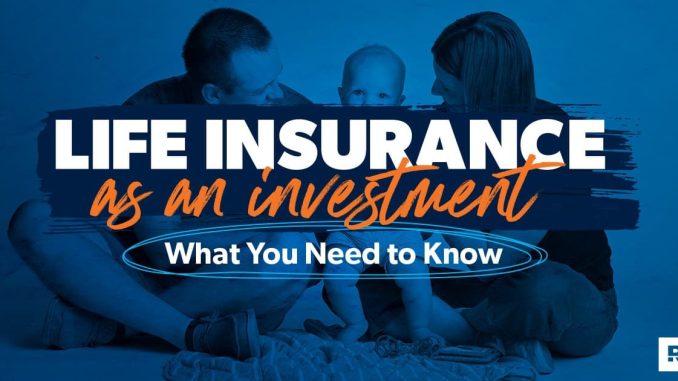
Insurance often carries a reputation as a necessary expense—something you pay for but hope never to use. That perception, while understandable, misses the deeper value insurance can offer when approached strategically. When framed correctly, insurance doesn’t just protect against loss; it becomes a smart investment in stability, resilience, and long-term financial health. The key lies in shifting the mindset from obligation to opportunity, recognizing that insurance is not just about avoiding disaster but about enabling confidence and continuity in the face of uncertainty.
To make insurance feel like a smart investment, it helps to start with the concept of risk transfer. Every individual and business faces risks—some predictable, others not. Insurance allows you to transfer the financial burden of those risks to a third party, preserving your capital and protecting your plans. For example, a homeowner who invests in comprehensive property coverage isn’t just guarding against fire or theft; they’re ensuring that their equity and lifestyle remain intact even if the unexpected occurs. That protection allows them to make decisions—renovating, refinancing, or relocating—with greater confidence, knowing that their investment is shielded.
The same principle applies in business. A company that carries liability insurance isn’t just complying with regulations; it’s safeguarding its reputation and operational continuity. If a customer files a claim or an employee is injured, the financial fallout can be significant. Insurance absorbs that impact, allowing the business to focus on growth rather than recovery. In this context, premiums are not just a cost—they’re a strategic allocation of resources designed to preserve value and enable forward momentum. When leaders view insurance as part of their risk management strategy, it becomes a tool for sustainability rather than a line item to minimize.
Another way to make insurance feel like a smart investment is by understanding its role in financial planning. Life insurance, for instance, can be structured to support long-term goals such as estate planning, wealth transfer, or even retirement funding. Permanent policies with cash value components offer liquidity that can be accessed for education expenses, business opportunities, or emergencies. These features transform life insurance from a passive safety net into an active financial instrument. It’s not just about what happens after death—it’s about how the policy can support life’s milestones along the way.
Health insurance also illustrates this shift in perspective. While premiums may seem high, the value lies in access to preventive care, early diagnosis, and treatment that can avert more serious and costly conditions. A policy that covers annual checkups, screenings, and wellness programs is an investment in long-term health and productivity. It reduces absenteeism, enhances quality of life, and minimizes the financial strain of medical emergencies. When individuals engage with their coverage—using benefits, understanding networks, and managing deductibles—they turn insurance into a proactive resource rather than a reactive expense.
To truly feel like a smart investment, insurance must also deliver a strong customer experience. Transparency, responsiveness, and ease of access all contribute to perceived value. A policyholder who can file a claim quickly, receive clear communication, and see timely resolution is more likely to view their coverage as worthwhile. Insurers that invest in digital platforms, mobile tools, and personalized service enhance this experience, making it easier for clients to engage with their policies and understand their benefits. When the process is smooth and supportive, insurance feels less like a transaction and more like a partnership.
Education plays a vital role in this transformation. Many people purchase insurance without fully understanding what they’re buying, which leads to frustration and disengagement. By learning about coverage options, policy terms, and how different types of insurance fit into broader financial strategies, individuals can make more informed choices. This knowledge empowers them to tailor their coverage to their needs, avoid unnecessary costs, and maximize value. It also fosters a sense of control, turning insurance from a passive obligation into an active component of financial stewardship.
Timing and customization further enhance the investment value of insurance. Policies that are reviewed and adjusted regularly remain aligned with changing circumstances. A young professional may start with basic coverage, then expand it as they buy a home, start a family, or launch a business. Each adjustment reflects a strategic decision to protect new assets and responsibilities. Similarly, bundling policies or choosing providers that offer multi-line discounts can improve cost efficiency. These tactics demonstrate that insurance is not static—it’s a dynamic tool that evolves with your life and goals.
Ultimately, making insurance feel like a smart investment is about recognizing its role in enabling freedom. It allows individuals and businesses to take risks, pursue opportunities, and recover from setbacks without jeopardizing their future. It’s a form of financial resilience, a buffer that supports ambition and cushions adversity. When viewed through this lens, insurance becomes more than a safeguard—it becomes a catalyst. It’s not just about what you’re protecting; it’s about what you’re making possible. And that’s the essence of a smart investment: something that delivers value not just in times of crisis, but in the pursuit of progress.